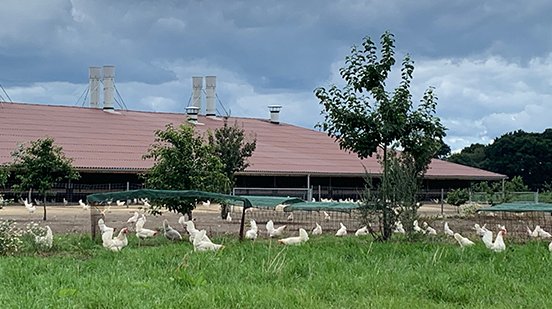
Published on June 23, 2020
Steady Genetic Progress in Japan
Independent field trials have always been a perfect way to objectively compare breeds with each other and to show their genetic potential in different environments and conditions. As most of the Random Sample Tests have disappeared in the past decades, we are pleased that the Gunma test in Japan is still very active in testing the different breeds.
Background
The predecessor for the Gunma Prefectural Livestock Experiment Station (GPLES) was founded in 1905. Today, GPLES continues to test livestock breeds of cow, beef cattle, hog, poultry (layers and broilers), and their management systems including the diets and manure processing.
GPLES started comparison testing of performance and economics for the layer breeds more than 50 years ago. When testing first started, performance was measured until 64 weeks of age. Since then, testing was extended to 72 weeks, 80 weeks, and 90 weeks. In the early 2010’s, when Hendrix Genetics announced our promise of “Breeding for 500 First Quality Eggs”, GPLES also decided to extend their testing until 100 weeks of age without molting. This has been the standard for more than 5 years.
GPLES always provides precise data not only in productivity, but in egg quality, such as shell strength, shell thickness, Haugh Unit, and Brix as the water content of the egg. In addition, Gunma always provides economical results with detailed calculation, such as the income by egg weight, income by egg numbers, feed cost per eggs, etc. As the independent research institute in Japan, GPLES always makes the report without any bias. The Gunma Test report is trusted as one of the most reliable predictors of genetic potential for commercial layer breeds.
Results
We have gathered the data from the past 3 completed flocks at the Gunma research station. The results show clearly that the Japanese egg producers know how to get the full potential out of the breeds they are testing. 520 eggs per Dekalb White hen housed, what a great achievement! It is with great pride that we can see the hard work of our R&D department and the large investments continuously made in our breeding program pay off.



